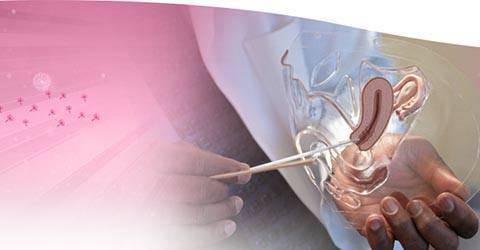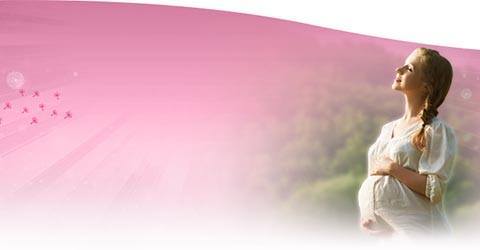Birthing
Birthing, also called labour or parturition is the act or process of giving birth to offspring. Every woman’s labour is different, even from first pregnancy to the next.
The process of normal child birth is categorized into 3 stages of labour:
First stage: This stage commences with dilation and thinning of your cervix to allow the baby to reach the end of birth canal. This stage is usually the longest part of the labour. This stage is further divided into early labour and active labour.
- Early labour: In early labour your cervix may dilate and you may experience mild to moderate contractions lasting for 30 to 90 seconds. A thick, stringy, blood-tinged liquid may discharge through the vagina. Duration of early labour is unpredictable, can be longer for first delivery and shorter for subsequent deliveries.
- Active labour: During active labour your cervix dilates more rapidly and the contractions are stronger, closer and may last long. Transition phase is considered as the last part of the active labour.
Second stage: This stage is the birth of your baby and usually lasts from a few minutes up to several hours depending on the position of the mother and the baby. During this stage your cervix is fully dilated and the uterine contractions become more frequent and you may feel the strong urge to push. With each contraction you may be encouraged to push to speed up the process. You may be asked to withhold some pushes to help prevent tear in the vaginal tissue. After your baby’s head emerges the airway will be cleared and the umbilical cord is clamped and cut. And rest of the baby’s body is delivered soon after the head.
Third stage: During this stage the placenta, an organ connecting uterine wall and the foetus, is expelled. Gentle uterine massage may help to release the placenta. The placenta should be intact and any remaining parts within the uterus should be removed to prevent bleeding and infection.
Complications
The complications of birthing process include:
Weak contractions: Weak contractions can make the mother exhausted and can cause fetal distress. Fetal distress occurs when there is lack of oxygen. Improper or weak contractions may be caused by rigid or oedematous cervix.
Passage obstruction: Difficult labour may occur when the birth passage is obstructed by tumours, cysts, fractures, and physiological changes such as degenerative joint disease.
Abnormal presentation of the foetus: Abnormal position of the foetus could be either upside down or breech (buttocks down) position. In face presentation the baby’s face is leading with the neck in extension. In shoulder presentation, the shoulder, arm or trunk may present first and this type of presentation is more common in multiple pregnancies.
Forceps delivery: In this type of delivery forceps are used to grasp the fetal head. Use of improper forceps can result in injury to the foetus.
Caesarean Section: It is a surgical procedure of delivering a baby. Caesarean section is indicated in fetal distress, maternal (mother) distress, abnormal position of the foetus, and narrow birth passage.















